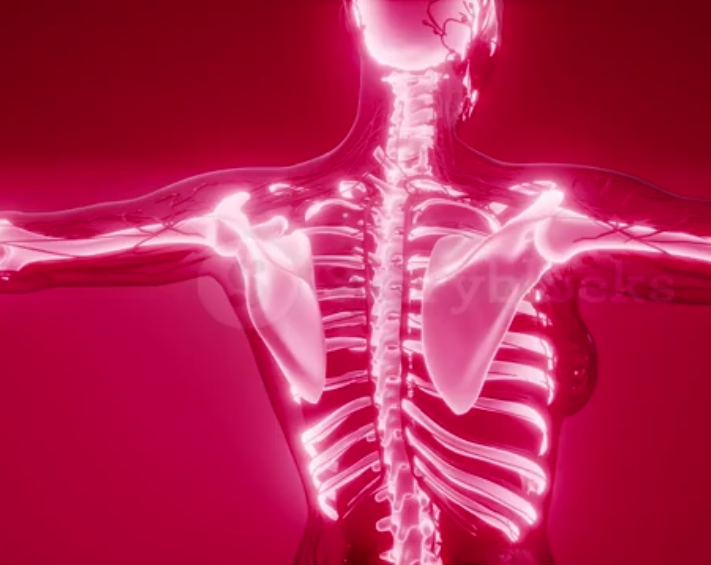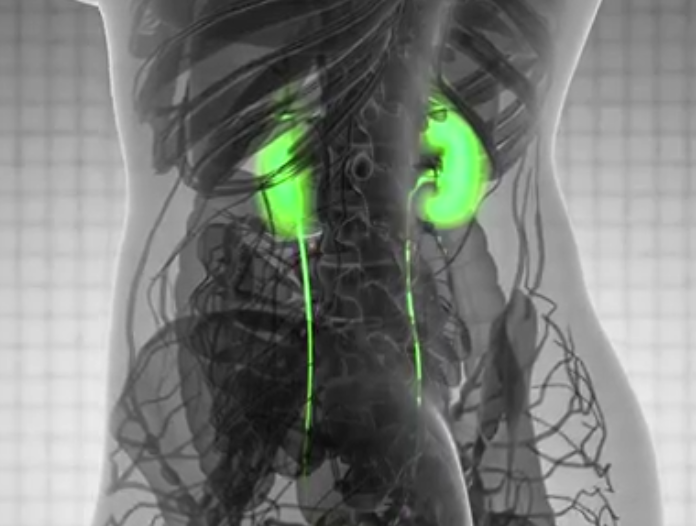| "Descrizione" by FRanier (9974 pt) | 2020-Dec-01 10:00 |
Review Consensus: 20 Rating: 10 Number of users: 2
| Evaluation | N. Experts | Evaluation | N. Experts |
|---|---|---|---|
| 1 | 6 | ||
| 2 | 7 | ||
| 3 | 8 | ||
| 4 | 9 | ||
| 5 | 10 |
In chemistry, Calcium (Ca symbol) has the atomic number 20.
It gives rise to a large series of compounds called carbonates.
In biochemistry, calcium contributes to bone formation, tooth formation, skeletal and myocardial muscle processes, egg shell formation.
In Medicine it is used in the composition of gastric antacids, as a diuretic, as an antidote in intoxications from metals etc.

Molecular Formula : Ca
Molecular Weight : 40,078
CAS : 7440-70-2
In Nutrition, the amount of Calcium can be an advantage for some or a disadvantage for others: it depends on the bioavailability of the organism that receives it.
Calcium is an abundant mineral in the human body and plays a fundamental role in:
- Bone Physiology
- Cardiovascular system
A low calcium intake is usually associated with:
- Osteoporosis
- Bone fractures
However, when it comes to food supplements, you need to pay close attention.
Introduction
Over the past decade, the number of individuals taking calcium supplementation worldwide has been on the rise, especially with the emergence of new pharmaceutical companies specialized in the marketing of dietary supplements; with calcium supplementation being their main business axis. In daily practice, health workers encounter an increasing number of patients currently taking calcium supplements without any proven deficit, especially elderly postmenopausal women. This practice quickly spread in the past decade based on the supposed role of calcium in the prevention of osteoporosis and fractures, especially hip fractures, among the elderly population. Most studies agree on the fact that adequate calcium intake is important for bone health and several major physiologic functions. But the effects of calcium supplementation on other health outcomes are still controversial. At the root of this debate is the meaning of the term “adequate” since the problem is not only the quantity but also the quality and source of calcium intake. In this context, many cohort studies have shown an increase in cardiovascular risk and mortality associated with calcium supplementation but not dietary calcium intake. Thus, it is generally admitted that dietary calcium intake is safe compared with calcium supplementation. Moreover, it is urgent to educate health care providers on the possible risk of excessive and unnecessary calcium supplementation. From a cardiovascular perspective, dietary calcium intake by eating foods high in calcium appears safer than calcium loading with supplements (1).
Now let's analyze the scientific studies and their results.
Bones

The place of calcium supplementation, with or without concomitant vitamin D supplementation, has been much debated in terms of both efficacy and safety. There have been numerous trials and meta-analyses of supplementation for fracture reduction, and associations with risk of myocardial infarction have been suggested in recent years. In this report, the product of an expert consensus meeting of the European Society for Clinical and Economic Aspects of Osteoporosis, Osteoarthritis and Musculoskeletal Diseases (ESCEO) and the International Foundation for Osteoporosis (IOF), we review the evidence for the value of calcium supplementation, with or without vitamin D supplementation, for healthy musculoskeletal ageing. The authors conclude that:
1) calcium and vitamin D supplementation leads to a modest reduction in fracture risk, although population-level intervention has not been shown to be an effective public health strategy;
2) supplementation with calcium alone for fracture reduction is not supported by the literature;
3) side effects of calcium supplementation include renal stones and gastrointestinal symptoms;
4) vitamin D supplementation, rather than calcium supplementation, may reduce falls risk;
5) assertions of increased cardiovascular risk consequent on calcium supplementation are not convincingly supported by current evidence. In conclusion, we recommend, on the basis of the current evidence, that calcium supplementation, with concomitant vitamin D supplementation, is supported for patients at high risk of calcium and vitamin D insufficiency, and in those who are receiving treatment for osteoporosis (2).
Because of the aging population, osteoporotic fractures are an increasingly important cause of morbidity and mortality in the United States. Approximately 2 million osteoporotic fractures occurred in the United States in 2005, and annual incidence is projected to increase to more than 3 million fractures by 2025. Within 1 year of experiencing a hip fracture, many patients are unable to walk independently, more than half require assistance with activities of daily living, and 20% to 30% of patients will die. The USPSTF concludes that the current evidence is insufficient to assess the balance of the benefits and harms of vitamin D and calcium supplementation, alone or combined, for the primary prevention of fractures in community-dwelling, asymptomatic men and premenopausal women. (I statement) The USPSTF concludes that the current evidence is insufficient to assess the balance of the benefits and harms of daily supplementation with doses greater than 400 IU of vitamin D and greater than 1000 mg of calcium for the primary prevention of fractures in community-dwelling, postmenopausal women. (I statement) The USPSTF recommends against daily supplementation with 400 IU or less of vitamin D and 1000 mg or less of calcium for the primary prevention of fractures in community-dwelling, postmenopausal women. (D recommendation) These recommendations do not apply to persons with a history of osteoporotic fractures, increased risk for falls, or a diagnosis of osteoporosis or vitamin D deficiency (3).
Pregnancy

Pre-eclampsia and eclampsia are common causes of serious morbidity and death. Calcium supplementation may reduce the risk of pre-eclampsia, and may help to prevent preterm birth. This is an update of a review last published in 2014. High-dose calcium supplementation (≥ 1 g/day) may reduce the risk of pre-eclampsia and preterm birth, particularly for women with low calcium diets (low-quality evidence). The treatment effect may be overestimated due to small-study effects or publication bias. It reduces the occurrence of the composite outcome 'maternal death or serious morbidity', but not stillbirth or neonatal high care admission. There was an increased risk of HELLP syndrome with calcium supplementation, which was small in absolute numbers.The limited evidence on low-dose calcium supplementation suggests a reduction in pre-eclampsia, hypertension and admission to neonatal high care, but needs to be confirmed by larger, high-quality trials (4).
Kidney

Chronic kidney disease (CKD) is a worldwide public health issue, because CKD is a risk for cardiovascular events and progression of kidney failure. Metabolic conditions such as hypertension, dyslipidemia, hyperuricemia and diabetes are factors that cause kidney dysfunction. The results of this study suggest that lower serum Ca levels can be a useful marker to predict those at-risk for worsening of kidney function in ordinary clinical settings, and, thus, further studies using cohort populations with longer follow-up periods are warranted (5).
Conclusion: attention should be paid to the possible risk of excessive and useless calcium supplementation.
References__________________________________
(1) Calcium supplementation and cardiovascular risk: A rising concern
Aurel T. Tankeu MD, Valirie Ndip Agbor MD, Jean Jacques Noubiap MD
First published: 02 May 2017 https://doi.org/10.1111/jch.13010
(2) The role of calcium supplementation in healthy musculoskeletal ageing: An Experts consensus meeting of the European Society for Clinical and Economic Aspects of Osteoporosis, Osteoarthritis and Musculoskeletal Diseases (ESCEO) and the International Foundation for Osteoporosis (IOF)
Nicholas C Harvey,Emmanuel Biver,Jean-Marc Kaufman,Jürgen Bauer,Jaime Branco,Maria Luisa Brandi,Olivier Bruyère,Veronique Coxam,Alfonso Cruz-Jentoft,Edward Czerwinski,Hans Dimai,Patrice Fardellone,Francesco Landi,Jean-Yves Reginster, Bess Dawson-Hughes,John A Kanis,Rene Rizzoli and Cyrus Cooper
Osteoporos Int. Author manuscript; available in PMC 2017 Aug 1.
Published in final edited form as:
Osteoporos Int. 2017 Feb; 28(2): 447–462.
Published online 2016 Oct 20. doi: [10.1007/s00198-016-3773-6]
(3) Vitamin D, Calcium, or Combined Supplementation for the Primary Prevention of Fractures in Community-Dwelling Adults: US Preventive Services Task Force Recommendation Statement.
US Preventive Services Task Force, Grossman DC, Curry SJ, Owens DK, Barry MJ, Caughey AB, Davidson KW, Doubeni CA, Epling JW Jr, Kemper AR, Krist AH, Kubik M, Landefeld S, Mangione CM, Silverstein M, Simon MA, Tseng CW.
JAMA. 2018 Apr 17;319(15):1592-1599. doi: 10.1001/jama.2018.3185.
(4) Calcium supplementation during pregnancy for preventing hypertensive disorders and related problems.
Hofmeyr GJ, Lawrie TA, Atallah ÁN, Torloni MR.
Cochrane Database Syst Rev. 2018 Oct 1;10:CD001059. doi: 10.1002/14651858.CD001059.pub5.
(5) Lower serum calcium levels are a risk factor for a decrease in eGFR in a general non-chronic kidney disease population.
Mizushiri S, Daimon M, Murakami H, Kamba A, Osonoi S, Yamaichi M, Matsumura K, Tanabe J, Matsuhashi Y, Yanagimachi M, Tokuda I, Kurauchi S, Sawada K.
Sci Rep. 2018 Sep 21;8(1):14213. doi: 10.1038/s41598-018-32627-4.
| Evaluate |

